Swette Sustainable Food Systems
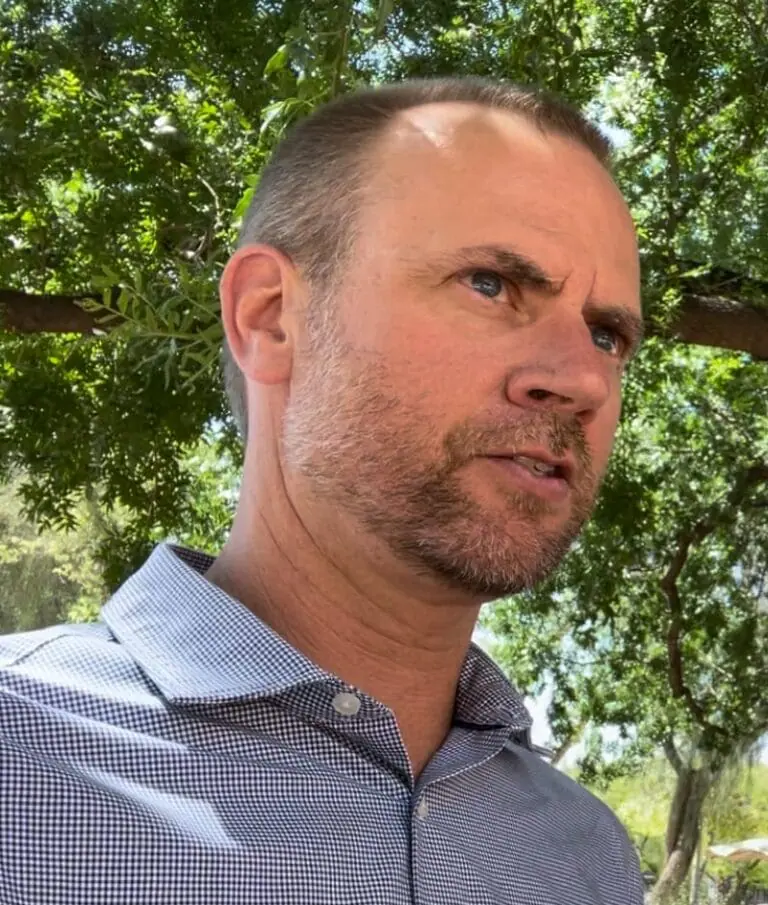
Meet affiliated faculty Steven Zuiker
Read on for an interview with Steven Zuiker, Senior Global Futures Scholar and Associate Professor at the Mary Lou Fulton Teachers College.
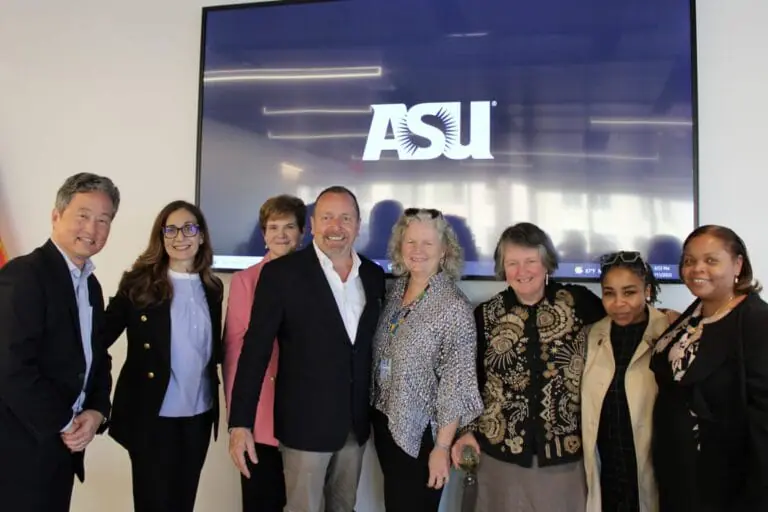
Strategies for successful policy making: Building and sustaining relationships
Graduate students from the ASU Swette Center for Sustainable Food Systems got a taste of policy in action this spring as part of a weeklong immersive experience in Washington, D.C., focused on food policy. Among the tools and tactics shared by experts, ranging from rulemaking to media and advocacy, a common theme shared throughout the week was the importance of networks and relationships.
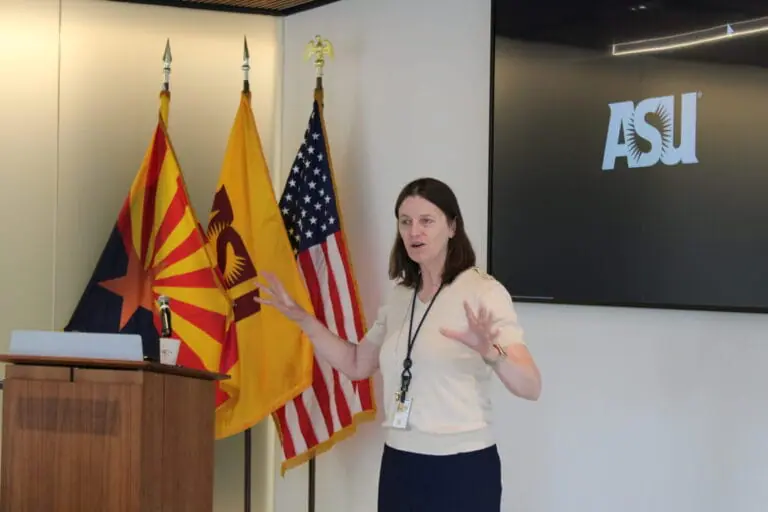
Behind the scenes with the Office of Management and Budget
During our Sustainable Food Systems graduate program food policy immersion experience in the spring of 2023, we had the opportunity to learn more about the Office of Management and Budget (OMB). We were joined by Ruth Saunders, Agriculture Branch Chief, and Nora Stein, Program Examiner, to learn of the critical role OMB plays in the United States government.
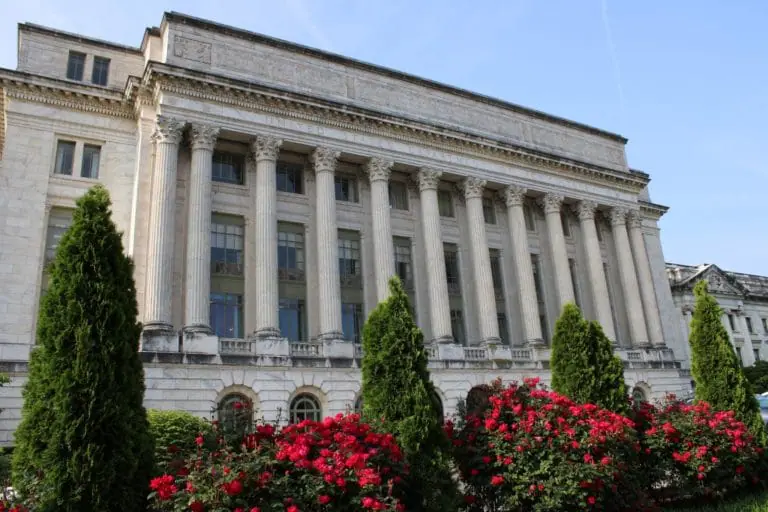
Moving dollars and driving innovation: The farm production and conservation mission area
Recently, the Sustainable Food Systems graduate cohort from Arizona State University spent a week in Washington, DC, meeting with policy leaders and influencers in our nation’s capital. As part of this immersive experience, we had the opportunity to meet with leaders from the United States Department of Agriculture (USDA) Farm Production and Conservation (FPAC) mission area.
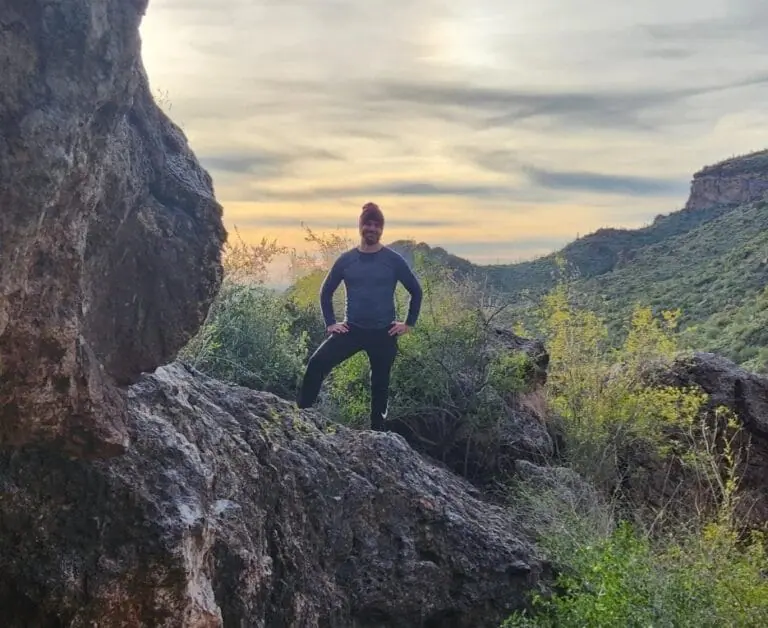
Meet affiliated faculty Isaac Joslin
Read on for an interview with Isaac Joslin, Senior Global Futures Scholar and Assistant Professor of French in the School of International Letters and Culture.
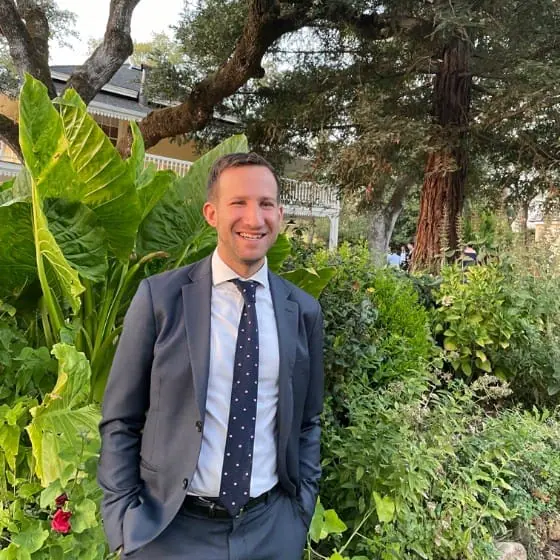
Public servant passionate for housing and urban policy
His passion for solving social-economic issues has driven Chad Maisel’s career through positions at the USDA, Senator Cory Booker’s office, and two positions at the White House. He is currently the Special Assistant to the President for Housing and Urban Policy at the White House Domestic Policy Council. My graduate cohort had the opportunity to meet with Chad on May 8th, 2023, the first day of our Applied Food Policy immersive class in Washington, DC.
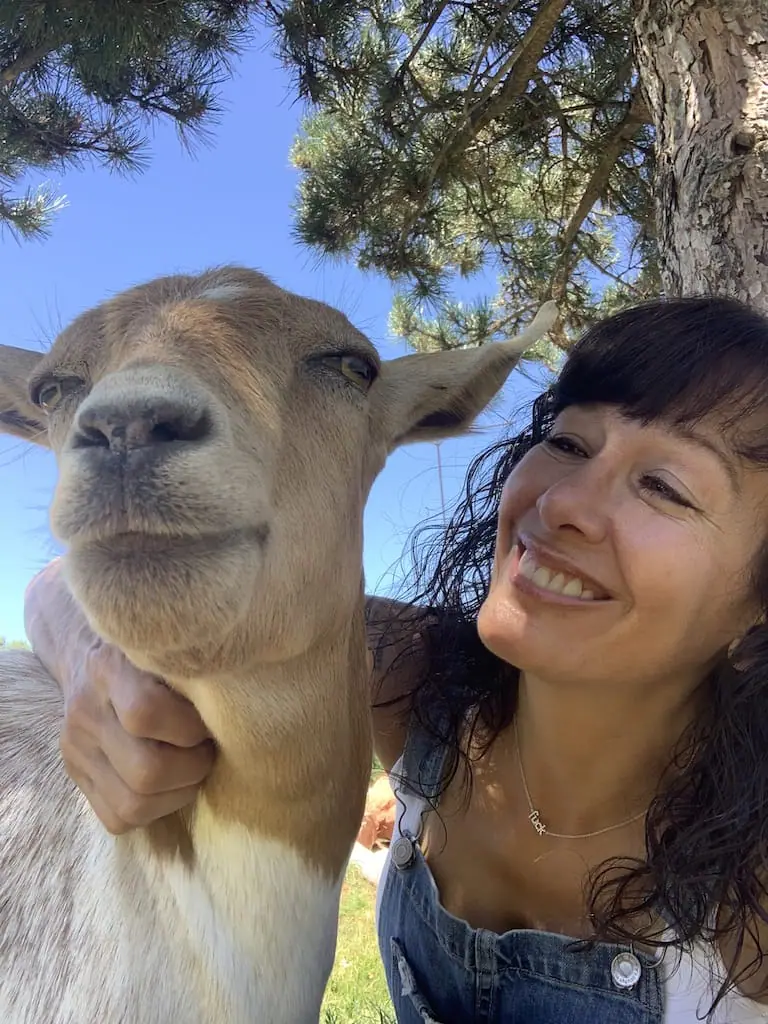
Meet affiliated faculty Joanne Cacciatore
Read on for an interview with Joanne Cacciatore, Senior Global Futures Scholar and Professor in the School of Social Work.
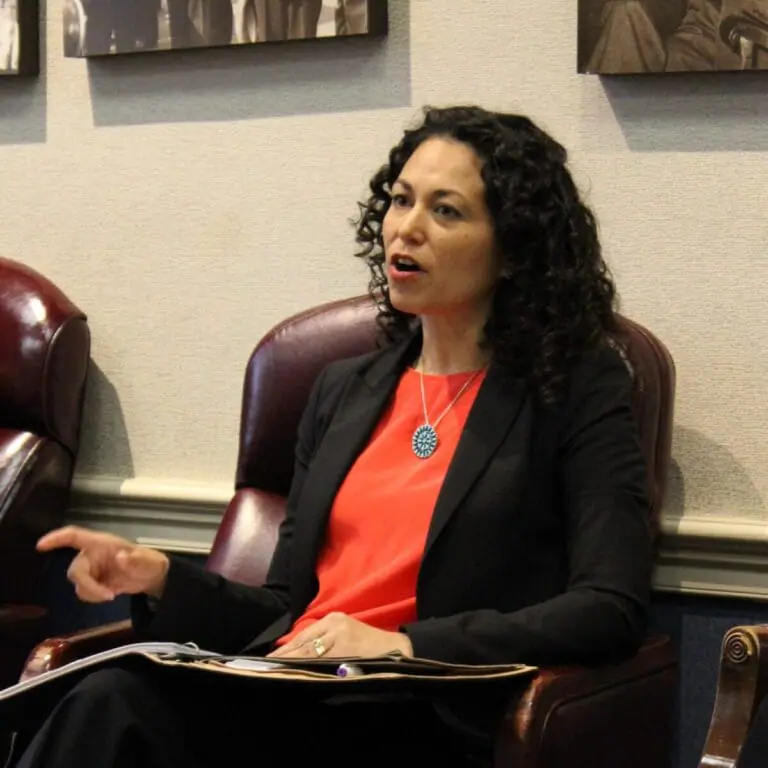
Breaking silos and building equity in rural development
The food policy immersion week in Washington, D.C. affords students in ASU’s Sustainable Food Systems graduate programs an unparalleled experience. This year, the 2022 cohort had the distinct and fortuitous opportunity to meet with the Under Secretary of Rural Development, Xochitl Torres Small.

Stakeholder engagement is a vital tool NGOs use to influence policy
At the end of an intense week of learning, networking, and immersing ourselves in food policy work in Washington, D.C., my graduate cohort had the opportunity to hear from a panel of non-governmental organization (NGO) leaders who shared their valuable experiences in advocating for farm and food policy change.
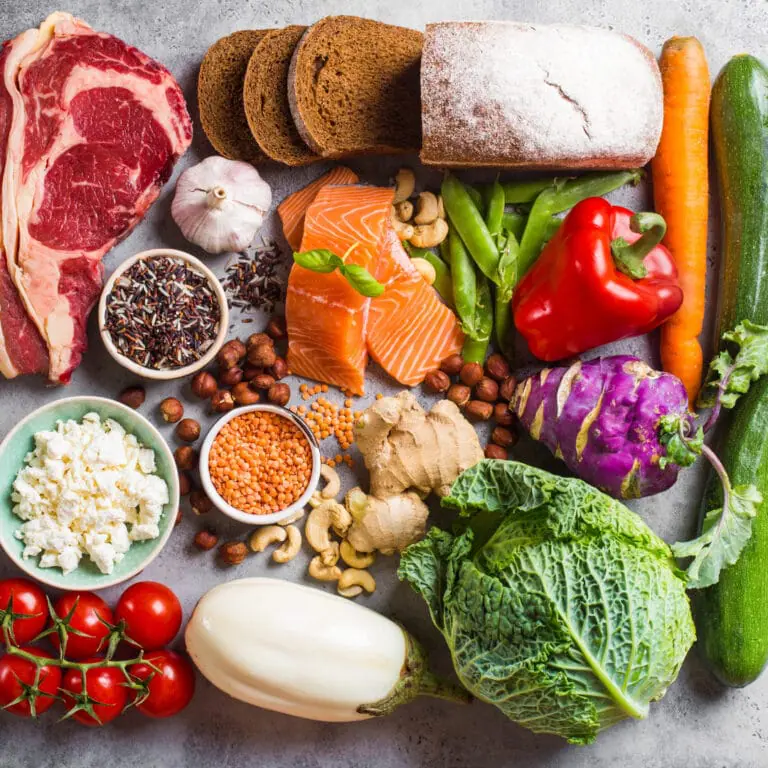
Mission nutrition with Kumar Chandran, USDA Senior Advisor
Our cohort was extremely fortunate to spend a week in Washington D.C. to learn more about the intricacies and complexities of policy making. We met with many varied stakeholders working within the policy sphere to learn about the impacts one can have and the many paths that can lead you there. One such individual that I was especially ecstatic to meet was Kumar Chandran.
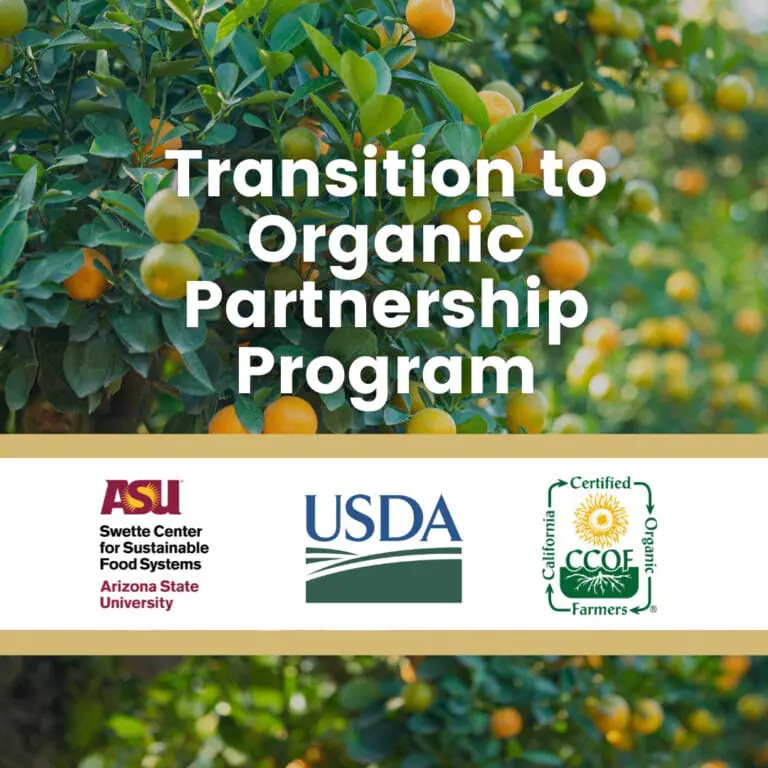
ASU Swette Center given lead role in USDA Program: $100 million to support transitioning and existing organic producers
As part of USDA’s $100 Million Dollar Transition to Organic Partnerships Program (TOPP), the ASU Swette Center for Sustainable Food Systems will serve as the state lead to support farmers
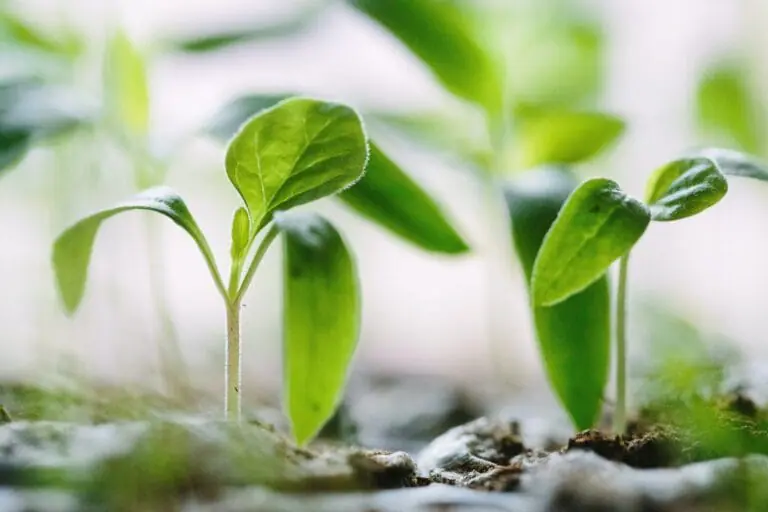
Student worker appreciation
Looking back on the 2022-23 school year, we would like to express our appreciation for our student workers and their valuable contributions to the Swette Center. Their creativity, vibrant personalities, and passion for sustainable food systems greatly enhance our team. We are pleased that they will continue to work with us this summer and during the upcoming school year!